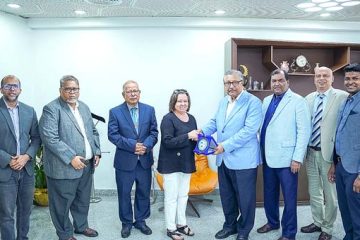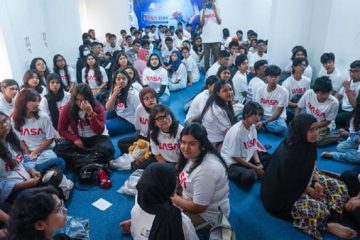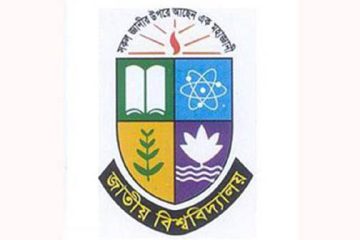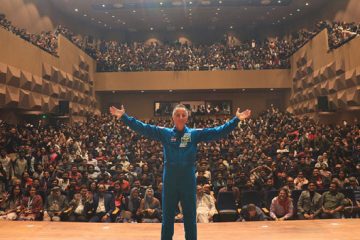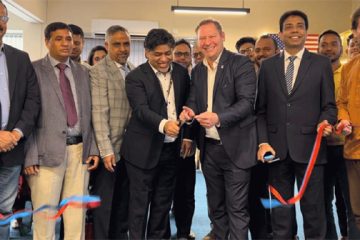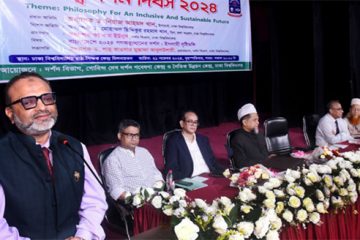Says study; blames unplanned industrialisation, city corporation’s lack of financial autonomy
Narayanganj city’s land use pattern is changing fast due to unplanned industrialisation coupled with a new city corporation having no financial autonomy and constrained by the central government’s bureaucracy, says a study. The urbanisation rate is 3.5 percent in Narayanganj city while the national rate is 1.47 percent, says the study “State of Cities 2012-13: Re-thinking Urban Governance in Narayanganj”.
Prepared by Institute of Governance Studies, Brac University, the study was mailed to journalists yesterday.
In just under a decade, from 2005 to 2013, the number of knitwear industries in the country increased from 700 to 1,906, 55 percent of which are located in Narayanganj district, it says.
But the industry owners did not provide residential facilities for the around seven lakh workers. As a result, the workers resorted to converting the city’s agricultural land and open spaces to slum areas, where every 100 square feet is occupied by four to five people, it adds.
In 1978, over 28 percent of the district was agricultural land. But the figure stood at only 3 percent in 2012, says the study.
With financial autonomy, the city government could have made their own long-term plans. But now it cannot function properly due to “limited governance” or interference by the central government, said Prof Dr Ferdous Jahan who led the research team.
The report suggested Narayanganj City Corporation (NCC) develop a long-term masterplan focusing more on economic development and to use the residents’ expectations as the legitimacy factor in negotiations with the central government.
The report also said, since its revenue collection mechanism is yet to develop, the NCC failed in levying targeted revenue for its 2012-13 fiscal budget, where NCC was allotted Tk 25 crore against a proposal for Tk 201.64 crore.
So NCC had to rely on government grant and project aid. “The residents have not yet adapted to the idea of paying taxes to receive services,” it read.
With over half a million people living in a 72.43 square kilometre area, the former Narayanganj municipality turned into NCC in 2011.
The institute Director Dr Rizwan Khair oversaw the research management.
-With The Daily Star input




